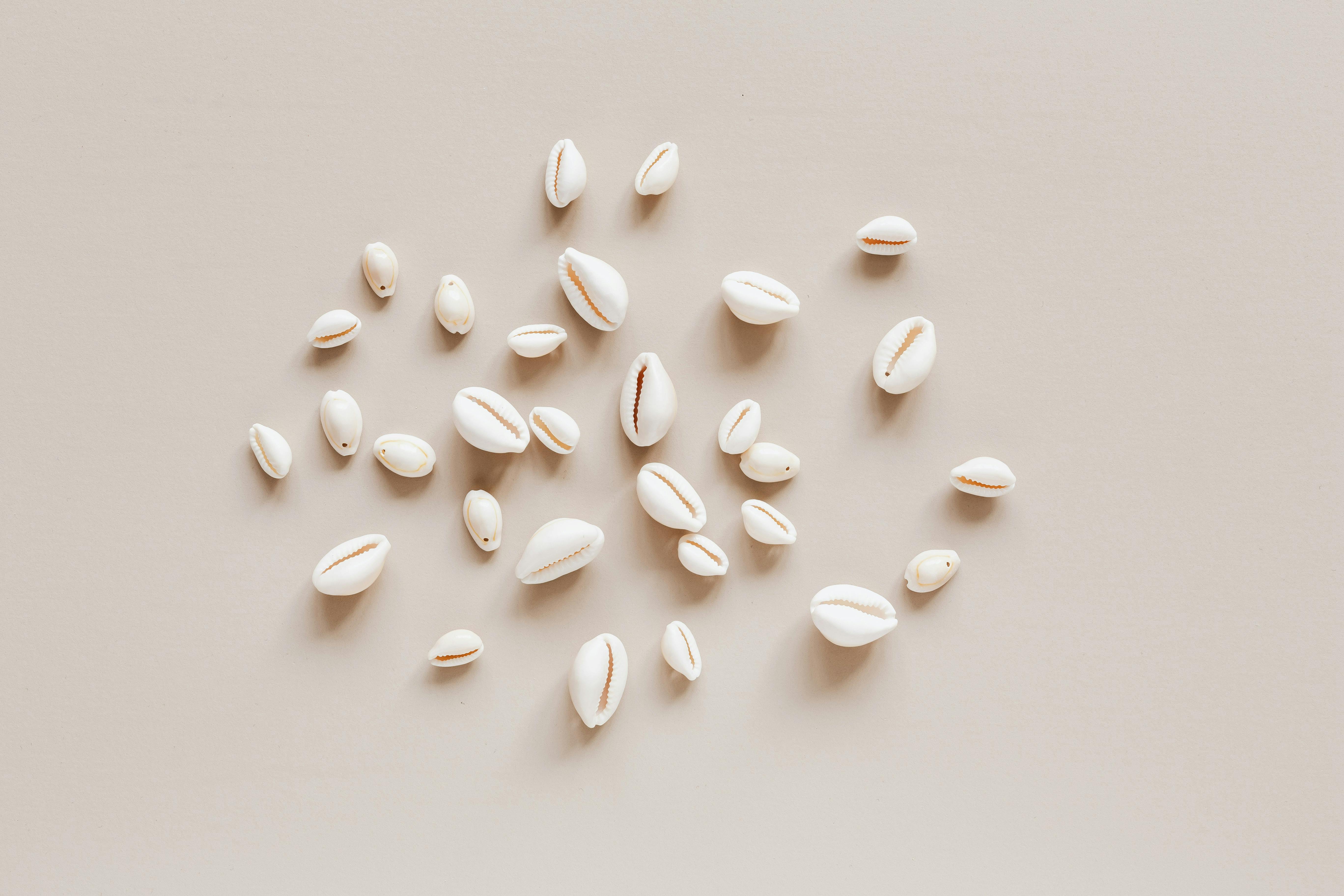White Vinegar
White vinegar is a type of vinegar made from grain-based ethanol that has been allowed to ferment and become acetic acid. It is clear and made up of about 5–20% acetic acid, with a pH level between 2.4 and 3.4. It is often used as a food additive, flavoring agent, cleaning agent, and preservative, as well as for its health benefits. White vinegar can be used to make pickles, dressings, and sauces for salads or marinades. It can also be used to clean surfaces and remove stains from fabrics. Additionally, some people believe that white vinegar has medicinal properties that can help treat ailments such as dandruff or bad breath.White vinegar is a natural preservative that helps extend the shelf life of many types of foods. Its acidic content helps prevent the growth of bacteria and other microorganisms that could cause spoilage in foods like pickles, relishes, chutneys, sauces, jams, jellies, and more. White vinegar can also be used to make herbal tinctures and extracts for medicinal purposes.
In addition to its
Distilled Vinegar
Distilled vinegar, also known as white vinegar, is a clear liquid made from grain-based ethanol that has been distilled to reach acetic acid concentrations of around 5 percent. It is the most common type of vinegar found in households and is used for various purposes ranging from cooking to cleaning. Distilled vinegar is made through the fermentation of grain alcohol, such as corn or barley, and acetic acid bacteria. This process produces a sharp, acidic flavor with a slightly sweet aftertaste. It can be used as a condiment in dressings and marinades, as well as for pickling vegetables and fruits. It can also be used for cleaning surfaces and removing odors from clothing and carpets. Distilled vinegar is typically colorless and has a mild odor compared to other types of vinegars like apple cider vinegar or balsamic vinegar.The acetic acid content in distilled vinegar varies depending on the manufacturer but it typically ranges between 4-7 percent. This concentration makes it ideal for cleaning purposes due to its ability to kill some types of bacteria and break down grease, grime, dirt, and other organic substances. Distilled vine
White Vinegar vs Distilled Vinegar
Vinegar is a common kitchen staple used for a variety of cooking and cleaning purposes. While there are many types of vinegar available, white vinegar and distilled vinegar are two of the most popular. Both types of vinegar have similar qualities, but there are some key differences that make each one unique.White vinegar, also known as spirit or distilled white vinegar, is made from grain-based ethanol that has been converted to acetic acid. It has a very sharp and strong taste that is often used to flavor foods like pickles and sauces. White vinegar is also an effective cleaning agent as it can break down soap scum and hard water deposits.Distilled vinegar, on the other hand, is made from acetic acid that has been diluted with water to produce a milder flavor. It is not as strong as white vinegar and does not have the same pungent smell or taste. Distilled vinegar is commonly used in salad dressings, marinades, sauces, pickling recipes, and other foods where a milder flavor is desired. It can also be used for cleaning surfaces, but it isn’Composition of White Vinegar and Distilled Vinegar
White vinegar and distilled vinegar are both popular condiments. They both have similar acidic components, but vary in their chemical composition. White vinegar is made of acetic acid and water, while distilled vinegar is made of acetic acid, water, and trace amounts of other substances.White vinegar has a sour taste due to its high acidic content, which can range from 4 to 7 percent. It is most commonly used in cooking and as a household cleaner. It is also used to pickle vegetables, as a preservative for meats, and as an ingredient in sauces. Distilled vinegar is also made up of acetic acid and water, but also contains trace amounts of minerals such as iron, manganese, calcium, potassium and magnesium. The pH level of distilled vinegar can range from 4 to 6 percent. This type of vinegar has a milder flavor than white vinegar due to its lower acidic content. It is commonly used in vinaigrettes, marinades and dressings.Both white vinegar and distilled vinegar are versatile ingredients that can be used for a variety of culinary
Are Distilled Vinegar and White Vinegar Considered the Same Product?
While distilled vinegar and white vinegar share similarities, they are not the same product. The primary difference between distilled vinegar lies in the production process. Distilled vinegar undergoes additional processing, resulting in a more neutral flavor. Conversely, white vinegar is made from fermented grain, yielding a sharper taste.
Uses for White Vinegar
White vinegar is a versatile cleaning agent that can be used in a variety of ways. It can be used to clean and deodorize surfaces, remove stains, and eliminate odors. White vinegar is also effective at removing soap scum and hard water deposits from surfaces such as bathtubs, sinks, and toilets. It can also be used as an all-purpose cleaner for countertops and other surfaces. Additionally, white vinegar can be used to clean coffee makers, dishwashers, washing machines, and other appliances. To use white vinegar as a cleaning agent, simply mix it with water in equal parts and apply it to the desired surface using a sponge or cloth.Uses for Distilled Vinegar
Distilled vinegar has many of the same uses as white vinegar. It can be used to clean surfaces such as countertops and toilets. Additionally, it can be used to remove soap scum and hard water deposits from appliances such as dishwashers, washing machines, coffee makers, etc. Distilled vinegar is also effective at removing odors from fabrics such as curtains orHealth Benefits of White Vinegar
White vinegar is a type of vinegar made from distilled alcohol. It has a mild, tangy flavor, and is commonly used for cooking, pickling, and cleaning. It can also be used medicinally to treat various ailments. White vinegar has antiseptic properties that can help to kill bacteria, fungi, and viruses, making it a great natural remedy for anything from sore throats to skin infections. It also helps to reduce inflammation and can be used topically to reduce itching or irritation from bug bites or rashes. White vinegar also helps to regulate pH levels in the body, which can help to improve digestion and overall health.Health Benefits of Distilled Vinegar
Distilled vinegar is made from the fermentation of distilled alcohol and is less acidic than white vinegar. It has a milder flavor than white vinegar and is often used in dressings and marinades. Like white vinegar, distilled vinegar has antiseptic properties that make it beneficial for treating minor ailments like sore throats or skin irritations. It also helps to reduce inflammation in the body, which can help with conditions such asSide Effects of Consuming White Vinegar and Distilled Vinegar
White vinegar and distilled vinegar are commonly used as household cleaners and food preservatives, but they can also be consumed as a supplement. While both types of vinegar may offer some health benefits, they can also cause some negative side effects. Some of the potential side effects of consuming white vinegar and distilled vinegar include gastrointestinal issues, throat irritation, tooth enamel erosion, and drug interactions.Consuming white vinegar or distilled vinegar can cause abdominal discomfort and other gastrointestinal issues. This is due to the acidic nature of the vinegars, which can irritate the lining of the stomach and intestines. If large amounts are consumed at once, it can also lead to nausea or vomiting. Additionally, when these vinegars are taken orally, they may cause irritation or burning sensations in the throat as well.
The acidity of white vinegar and distilled vinegar can also erode tooth enamel if consumed on a regular basis. This is because the acids in the vinegars dissolve calcium from teeth, leaving them vulnerable to cavities and decay over time. Additionally, consuming these vinegars may interfere with certain


